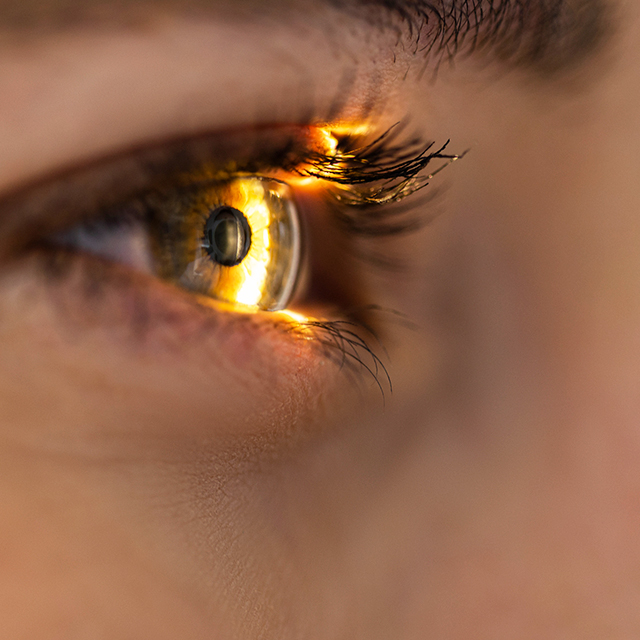Most of us have heard of this neurological disorder, but how much do you actually know? An introduction to Parkinson’s disease, from spotting symptoms to finding treatment options.
Parkinson’s disease is a progressive disorder of the nervous system. Symptoms include tremors, rigid or stiff muscles and slowed movement. Although Parkinson’s typically develops in people who are 60 or older, the disease does occasionally affect younger individuals.
“The symptoms of Parkinson’s disease are caused by a substantial loss of dopamine-producing cells in the brain,” said Jessica Stroh, RN, CDP, a movement disorders case manager with Vanderbilt Neurosciences. “Normally, by the time people have symptoms of Parkinson’s disease, about 70 percent of the cells that produce dopamine in the brain have died.”
Although researchers don’t yet know the specific causes of Parkinson’s, they believe a combination of genetic and environmental factors plays a role. Genetics is attributed to about 10 to 15 percent of cases, according to the Parkinson’s Foundation. “The biggest risk factor is actually age,” Stroh said.
Parkinson’s does not have a cure, but treatments can manage symptoms and improve a patient’s quality of life.
The three most common symptoms
Parkinson’s primarily affects movement. Not all individuals who develop Parkinson’s will have the same set of or degree of symptoms, however. Three symptoms often show up first and are the most common.
Tremor is one of them. “Normally, it’s a shaking that occurs when people are at rest,” Stroh explained. She provided the example of sitting and reading the newspaper. Someone with Parkinson’s might have trouble doing this because the paper would shake too much in their hands.
Experiencing rigid muscles is another common symptom. “People actually describe it as feeling like they can’t relax their muscles,” Stroh said. “Their muscles are just tight all the time.”
Parkinson’s is also marked by slowed movements. “We have a fancy word for it,” Stroh said. “It’s called bradykinesia. Everything that has to do with movement takes longer.” When someone without Parkinson’s gets up from a chair and crosses the room, that person moves at a normal rate of speed, she explained. But when someone with Parkinson’s does the same action, they may need more time to sit up straight, rise from their chair and then walk the same distance.
Additional symptoms
Symptoms that often show up with disease progression include trouble with balance, changes in speech or changes in handwriting. “The speech can be slurred or soft in volume,” Stroh explained. “And handwriting gets very tiny. It’s really difficult for people with Parkinson’s to write larger letters. We actually have a word for that, too: micrographia.”
When to see a doctor
If you notice movement changes such as shaking at rest, slowed movement, stiff muscles, trouble with balance or changes in speech or handwriting, you should talk to your doctor. “As soon as something is interfering with your ability to do what you do every day,” Stroh said, “that is when I would say you need to find out what it is.” A mild symptom could be a sign of a vitamin deficiency rather than something like Parkinson’s, Stroh explained. Talking to your health care provider is the first step to finding a solution.
Treatments
If someone does receive a Parkinson’s diagnosis, the next step is to find ways to manage symptoms.
Treatments range from medications to surgery. The most common surgical option is deep brain stimulation, which helps with tremors. Focused ultrasound, an incision-free option, can also help manage symptoms. Regular exercise can also be helpful, though it’s not a medical treatment. “We find that people who do have Parkinson’s who are more active do better long-term,” Stroh said. She recommends 150 minutes of exercise per week.

Personalized care for movement disorders
The Vanderbilt Advanced Movement Disorder Therapies team has specialized training in the diagnosis and treatment for a range of movement disorders, including Parkinson’s disease, essential tremor and dystonia. Personalized care plans offer a range of procedural options including Deep Brain Stimulation and Focused Ultrasound.




